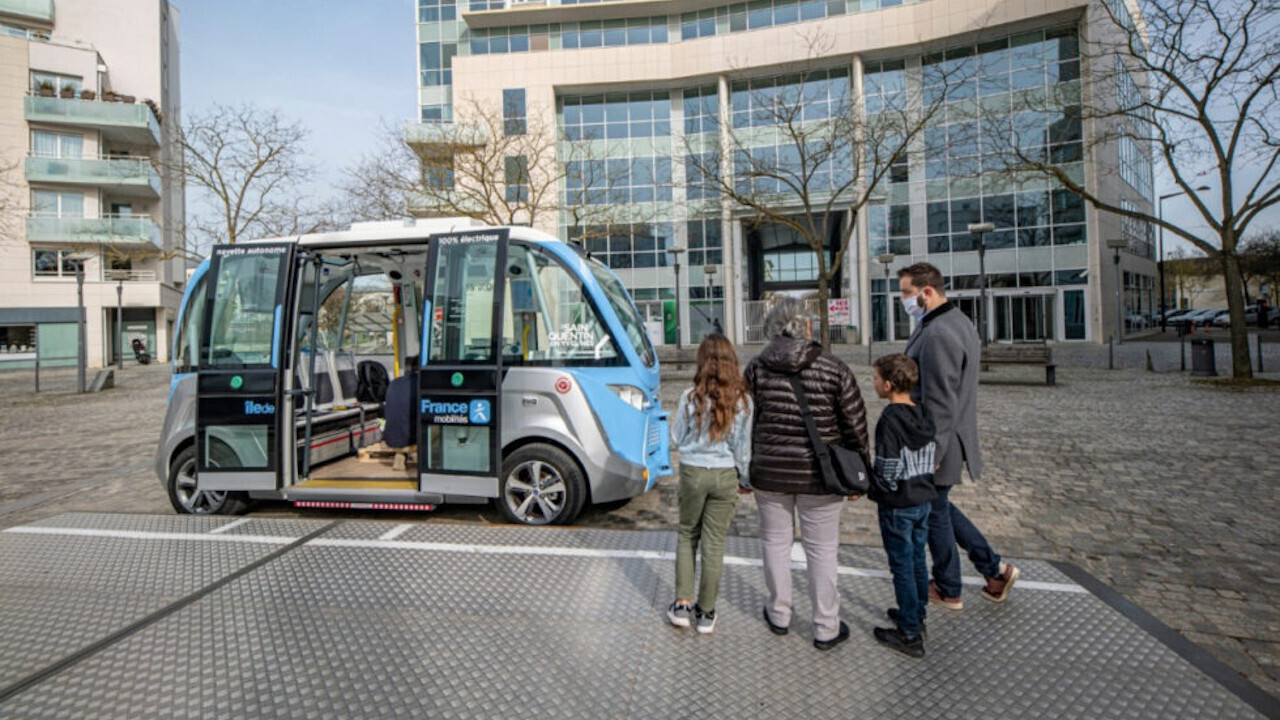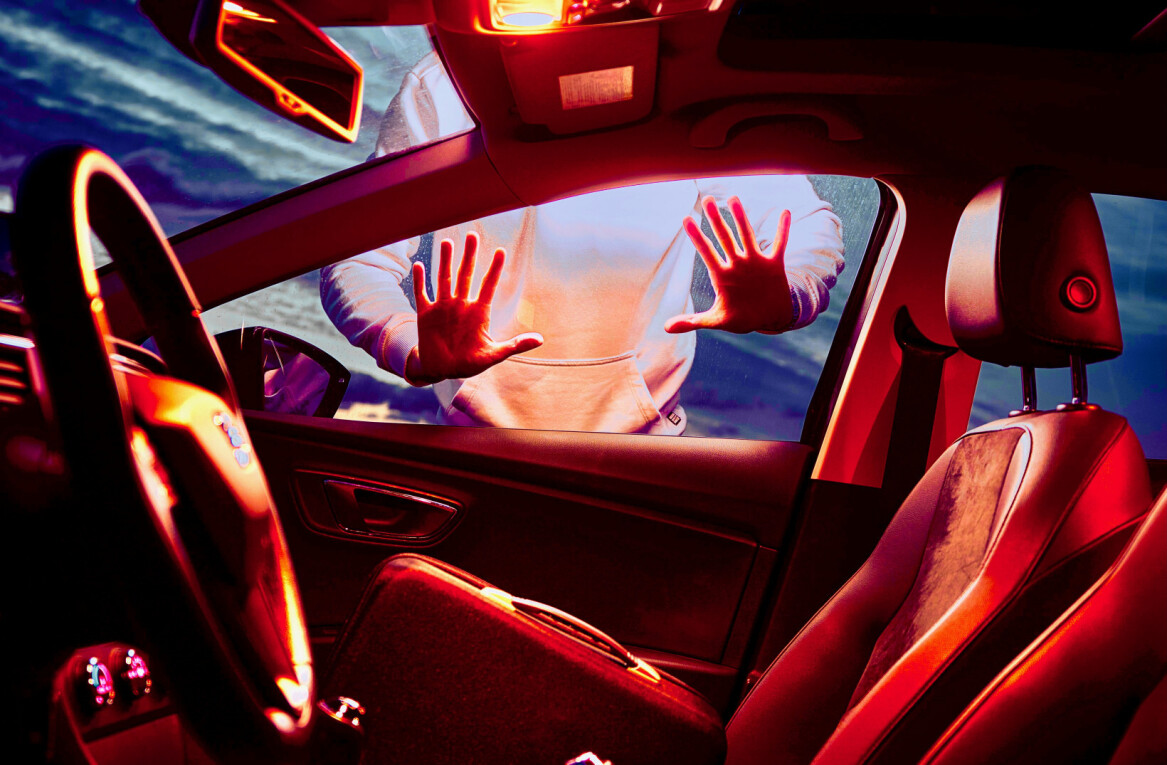
This article was written by Scheherazade Zekri, Director of New Mobility Services at Keolis on The Urban Mobility Daily, the content site of the Urban Mobility Company, a Paris-based company which is moving the business of mobility forward through physical and virtual events and services. Join their community of 10K+ global mobility professionals by signing up for the Urban Mobility Weekly newsletter. Read the original article here and follow them on Linkedin and Twitter.
The Business of Mobility is an Urban Mobility Company series highlighting some of the most successful new businesses in the mobility sector. Featuring a closer look at the way in which companies stand out, CEOs, Directors and other c-level executives elaborate on what it takes to turn a great idea into a great company.
Scheherazade wites about Keolis’s recent project for Île-de-France Mobilités (the Public Transit Authority, or PTA, for the Greater Paris region) and discusses the challenges and possibilities for autonomous shuttles to meet public transport demand.
We recently won the very first Île-de-France Mobilités tender for an autonomous shuttles service in Saint-Quentin-en-Yvelines. The new line 490 connects as a ‘last mile’ service the Pas-du-Lac business park to the train station 1.6 kms away. On 31 March we went live with the project, with three Navya shuttles carrying up to eleven passengers to and from the station and the business park, with three stops in-between. The shuttles are integrated into the Île-de-France Mobilités route calculator application, along with the other 1 500 bus lines on the network.
What makes this project different?
This service constitutes a first for autonomous mobility in urban environments, because, for the first time, the PTA expects us to reach performance standards similar to other bus lines on the Île-de-France network. Also, our shuttles run on open roads in normal traffic conditions. Although each of the three shuttles has an on-board safety operator in case of emergencies, this is only an interim measure and, ultimately, the on-board operator will move to a central location and supervise multiple vehicles simultaneously.
Why Navya?
According to this review of 25 autonomous shuttles, Navya – a French company – are “One of the most talked-about providers of people-carrying autonomous shuttles.” Their Autonom® shuttle (see cover photo) has eight permanent seats and three extra seats that can be folded out should the need arise…an ideal capacity for first and last mile transport.
We’ve already partnered with Navya on numerous other projects worldwide. In October 2020, we launched a project together for the French National Shooting Sports Centre in Châteauroux (France) in full autonomy, meaning with no operator onboard.
Since 2016, Keolis vehicles have travelled a total of 110 000 kms and transported more than 200 000 passengers via autonomous shuttles here in France and in the US, Australia, and Canada, as well as a number of European countries.
Citizens’ acceptance of autonomous modes
One of the key challenges for autonomous modes of transport is citizens’ acceptance. What is the attitude of the general public to autonomous vehicles and how do they feel about sharing their roads with robots? Keolis has partnered with institutions like Missions Publiques and Arizona State University to gauge attitudes, and part of Île-de-France Mobilités’ motivation for the project is to determine citizens’ acceptance for this new technology.
Autonomous shuttles are still something of a curiosity, and we even get people jumping in front of them to see if their safety systems will work! Luckily, our findings thus far suggest that people tend to embrace new technological developments. While the loss of jobs for drivers is regrettable, the possibility of more efficient, safer transport is welcomed. Indeed, autonomous shuttles may well become the ‘Trojan Horse’ for AVs in terms of public acceptance, given that they deliver a public good and are ideal for integrating with current mass transport options, particularly first mile and last mile solutions connecting to existing hubs, as with this project.
Will autonomous shuttles work in low-density areas?
There is great interest in the possibility of autonomous shuttles helping to resolve mobility demands for the underserved, particularly in low-density villages and rural areas. There is indeed potential here, but it will take some time to get it right. Internet connectivity is less reliable in outlying areas, and vehicle speed is another problem. For Île-de-France, our shuttles reach a maximum speed of 20 km/h, and the objective is to reach 30 km/h. Whereas, for autonomous shuttle services in rural areas to be effective, they would need to go at around 50 km/h, which complicates safety concerns.
The future of autonomous shuttles
With the transition to self-driving, no doubt there are going to be challenges. It’s quite possible that one day all vehicles will be connected and self-driving, reducing accidents to near zero. For now, we are in a challenging transition phase whereby autonomous mobility operates alongside traditional vehicles. For example, in this project, we experience the challenge of badly parked cars narrowing the road, causing our shuttles to stop.
Driverless shuttles will always have a safety operator in a supervision center managing multiple vehicles, which is not too different to how modern trains work, something Keolis has experience with – having pioneered autonomous trains for the Parisian metro system. The supervision of autonomous vehicles is the key to operating in full autonomy (without an operator onboard).
What we are seeing with autonomous shuttles is that the efficiency of mass transit can potentially be replicated for first and last mile solutions. This is an exciting implication, whereby public transport authorities use their capital and scale to connect legacy infrastructure to smart infrastructure, delivering smaller groups of passengers to their door. The future of mobility is about shared electric solutions (or other clean fuels like hydrogen or biogas) moving people safely and efficiently at scale. In 2019, 3.4 billion passengers used a shared mobility service offered by Keolis. Therefore, we see autonomous shuttles simply as an extension of our current commitment to cleaner, smarter, and safer mobility.
Do EVs excite your electrons? Do ebikes get your wheels spinning? Do self-driving cars get you all charged up?
Then you need the weekly SHIFT newsletter in your life. Click here to sign up.
Get the TNW newsletter
Get the most important tech news in your inbox each week.





